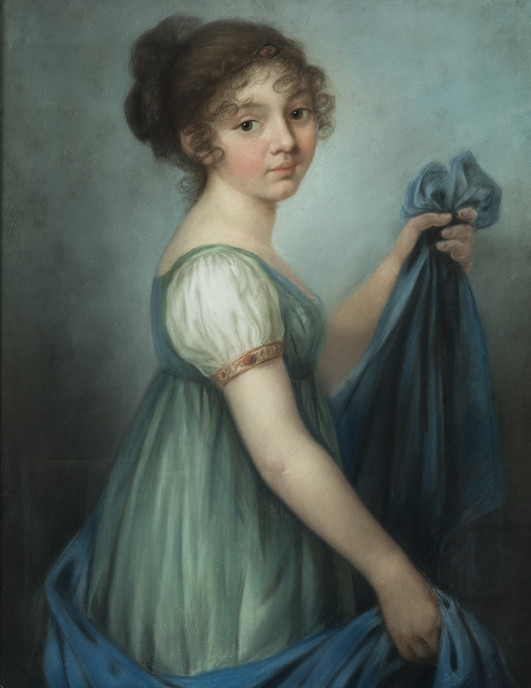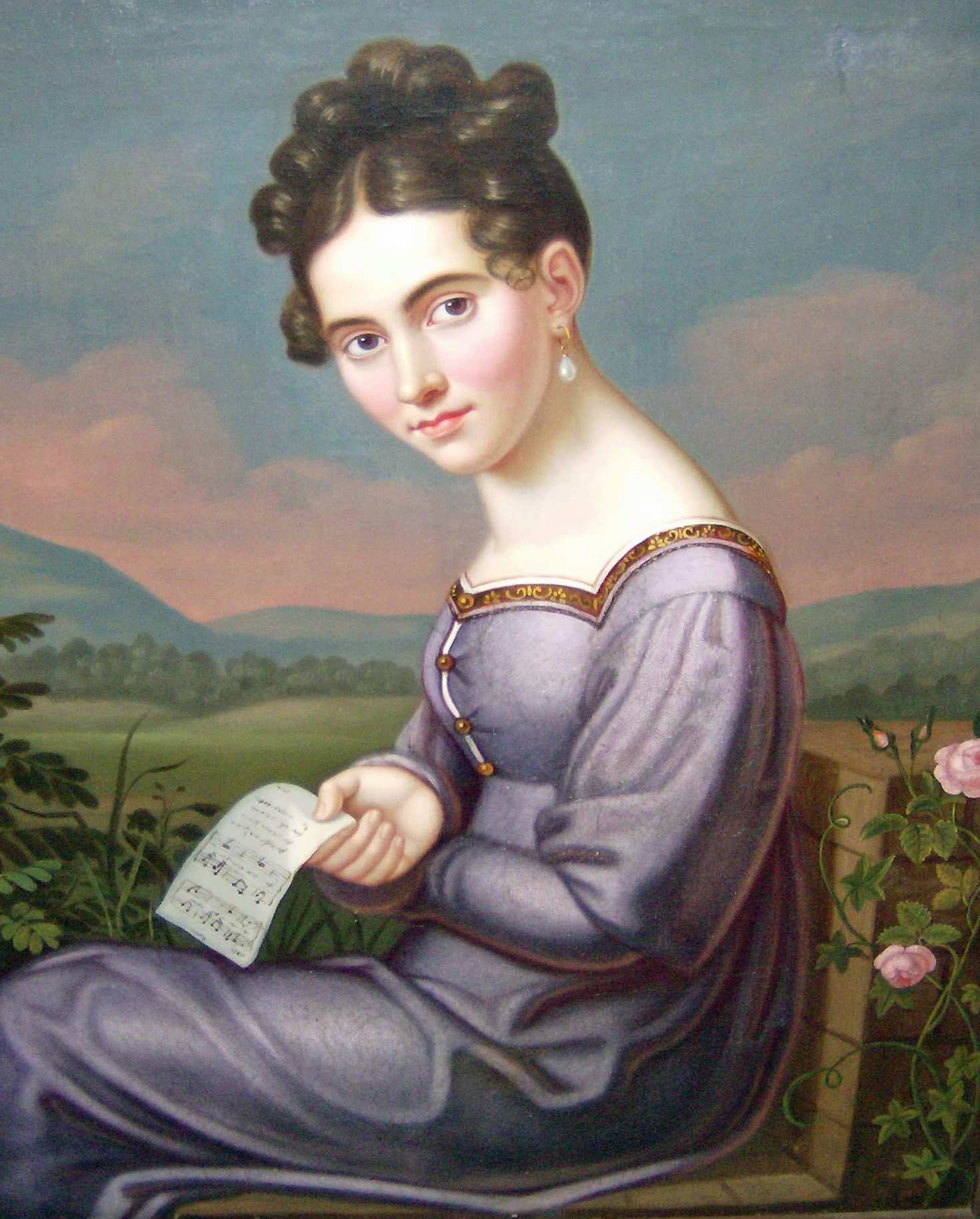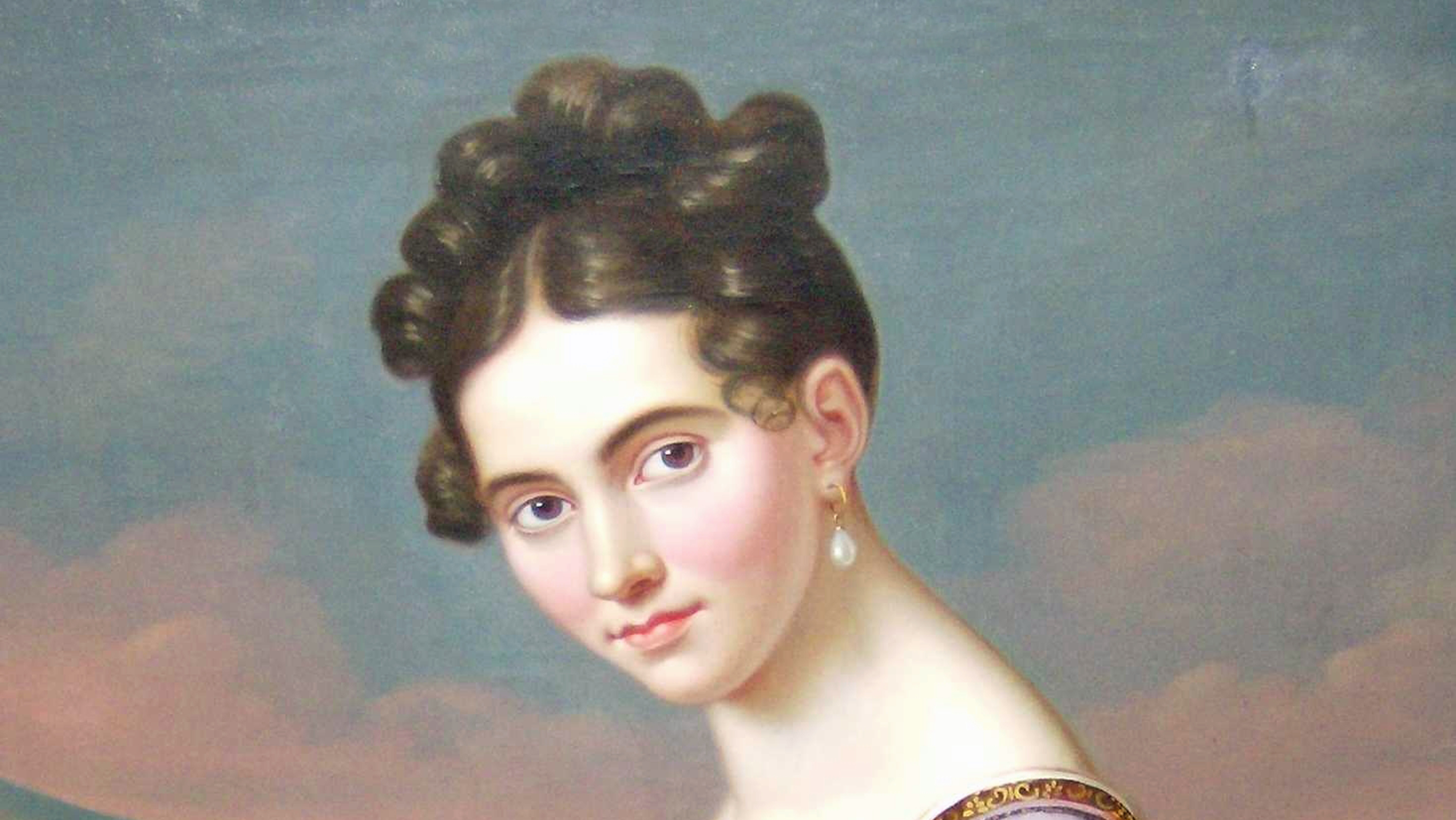Dresden around 1800
Around 1800, Dresden was one of the most important centres of art in Europe. The art academy, the picture gallery and the sculpture collection as well as the charming surroundings with Saxon Switzerland and the Elbe landscape inspired both female and male artists.
Gerhard von Kügelgen (1772 – 1820) and Caspar David Friedrich (1774 – 1840) were surrounded by numerous female painters who have fallen into oblivion today. Kügelgen gave private lessons to several women, including Louise Seidler (1786 – 1866) and Caroline Bardua (1781 – 1864), who lived with the family for a time. There were also close contacts with the painter Friedrich.


Women artists of the Romantic period
Twelve extraordinary female artists who characterised the Romantic era in Dresden are presented in the special exhibition with a selection of their works. In addition to Seidler and Bardua, these include the painters Caroline Friederike Friedrich (1749 – 1815), Dora Stock (1759 – 1832), Johanna Marianne Freystein (1760 – 1807), Minna Körner (1762 – 1843), Apollonia Seydelmann (1767/68 – 1840), Helene Marie von Kügelgen (1774 – 1842), Therese aus dem Winckel (1779 – 1867), Emma Körner (1788 – 1815), Emilie Lachaud de Loqueyssie (1793 – 1863) and Augusta von Buttlar (1796 – 1857).
Some of the painters' works have been lost. What remains are letters, reports, exhibition catalogues and reviews as well as descriptions by contemporaries. They paint a multi-layered picture of a turbulent era and document the contradictory situation of women artists during the Romantic period.
























